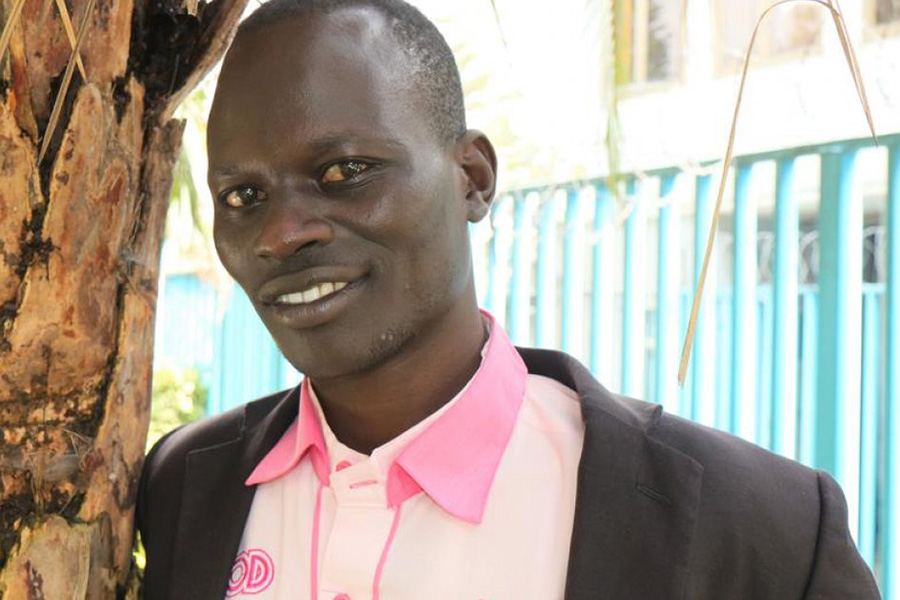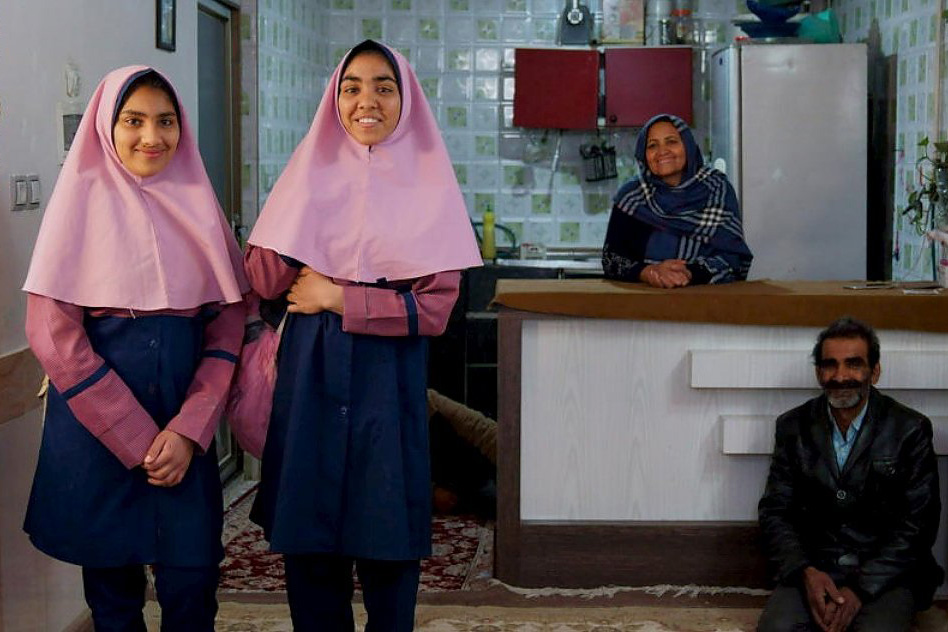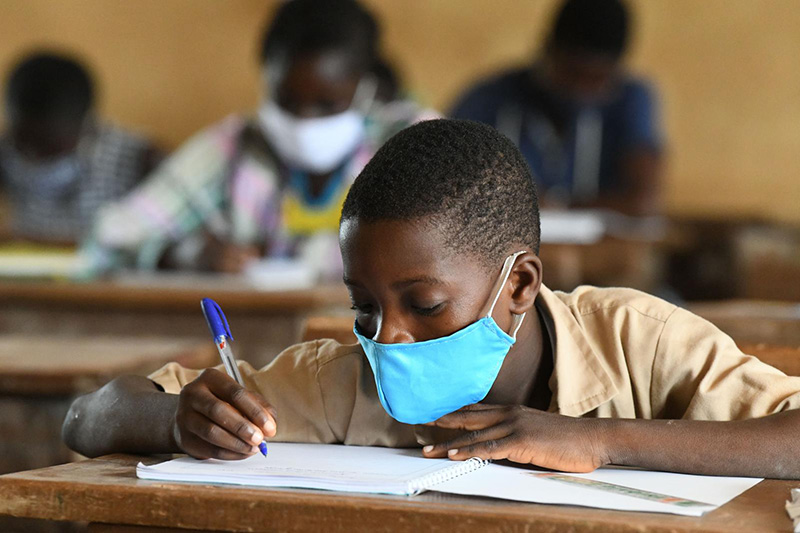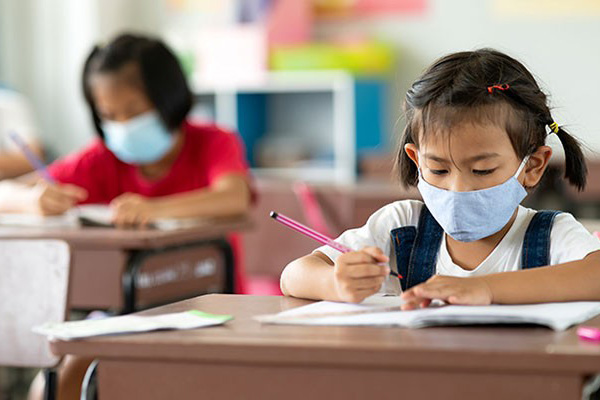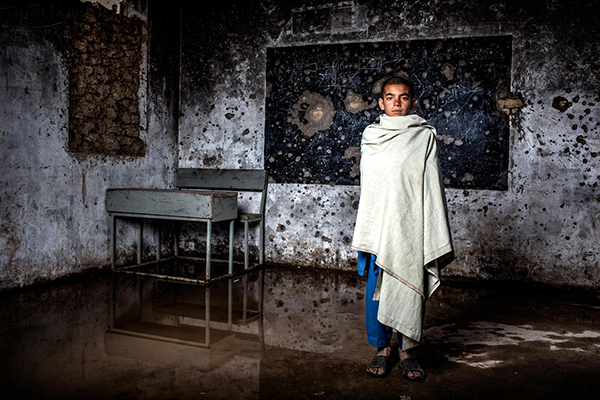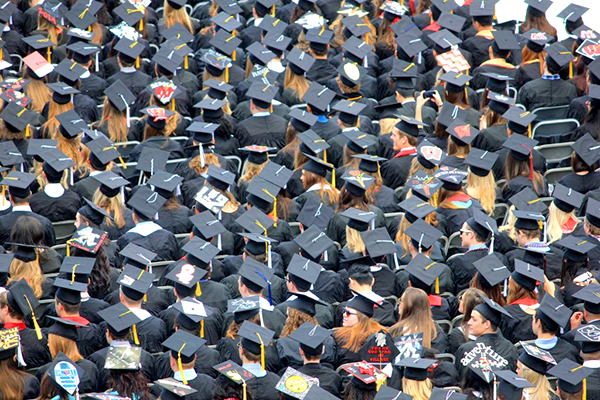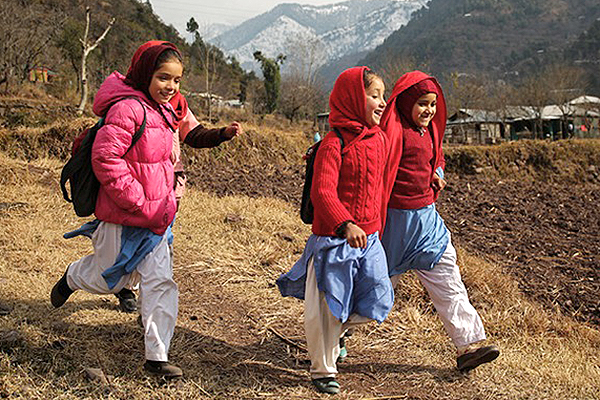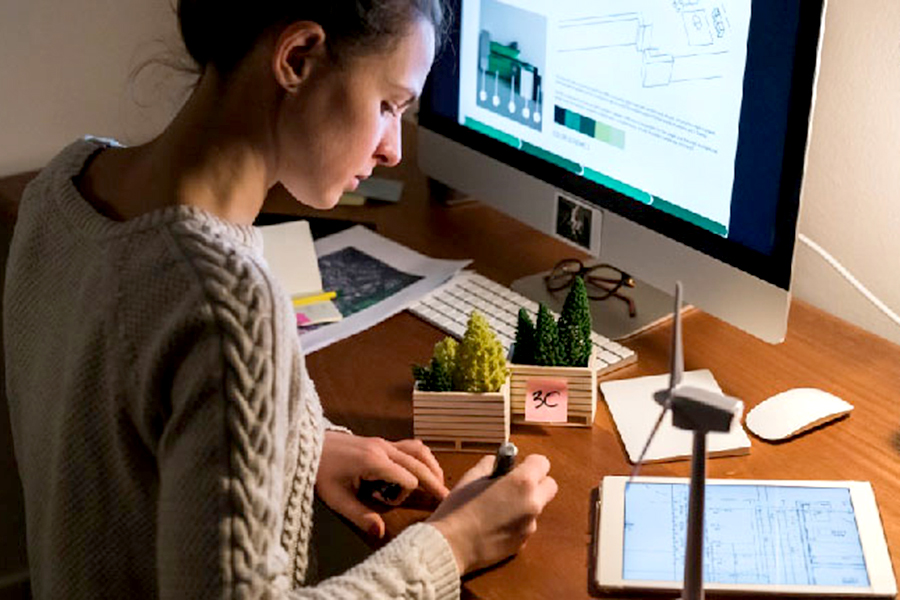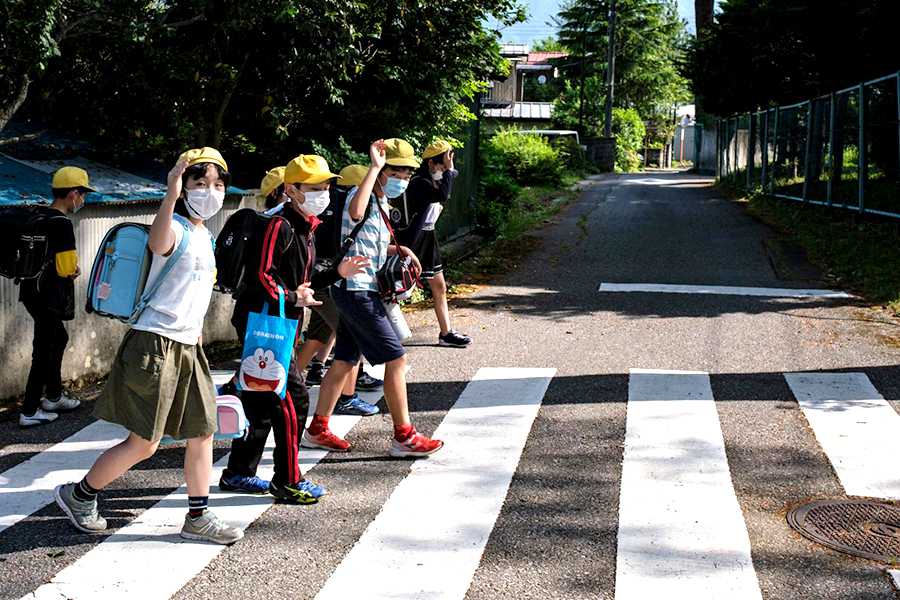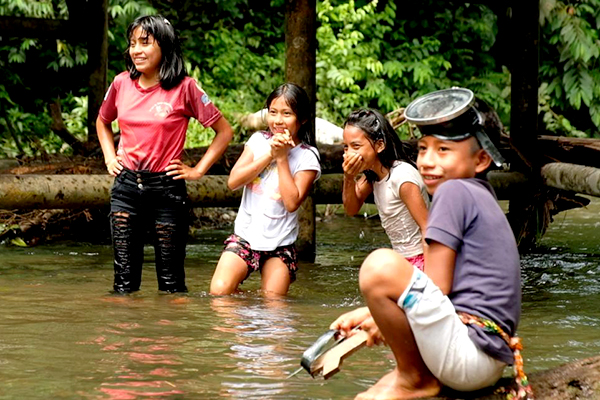There is only one word to describe Mohtas Anwar Modier’s current mood – overjoyed. The 28-year-old Sudanese refugee arrived in Italy to advance his education. In June, he learned he received a scholarship to study at the prestigious Luiss University in Rome. The initiative, with support from UNHCR and partners, offers refugee students the opportunity to pursue their academic goals. For refugees like Mohtas, graduating from university is a triumph over the odds and an inspiration to others.
UNESCO recalls COVID-19 has disrupted education, affecting more than 91% of students, among them are 773 million adults and young people who still lack basic literacy skills.
The COVID-19 pandemic has put over 11 million girls at risk of not returning to school, threatening decades of progress toward girls’ education and gender equality.
She was 11 before she saw the inside of a classroom, so Parisa was not about to stop learning even under lockdown. “My sister and I followed our lessons on the television, but we had to borrow my older sister’s smartphone to do our exams,” she said. A decade ago, her family fled Afghanistan after the Taliban terrorized their neighbourhood in Herat. The extremists also threatened to kidnap any girls who dared to go to school. In Iran, where her family fled to, Parisa and her six siblings found safety, but during her first years in exile she couldn’t go to school. Based on UNHCR data, the Malala Fund has estimated that as a result of the coronavirus half of all refugee girls in secondary school will not return when classrooms reopen this month.
Here are tips to help your children navigate some of the complicated emotions they may be facing with going back to school.
This year, 900 million (of the world’s 1.5 billion) pre-primary to secondary students were set to return to school between August and October. According to UNESCO figures, however, only half of them will return to classrooms at this stage. Taking into account the 128 million students in the middle of their academic year, a total of 561 million students, one in three, will attend classes during this period. One billion students, two-thirds of the global student population, face either school closures or uncertainty.
Around the world, attacks on children continue as warring parties flout one of the most basic rules of war: the protection of children. Conflicts today affect the futures of entire generations of children. Living in conflict, children without access to education, will grow up without necessary skills exacerbating the already desperate situation of millions of children and families. The International Day to Protect Education from Attack draws attention to the plight of more than 75 million 3-to-18-year-olds living in 35 crisis-affected countries and to their urgent need of educational support.
International Literacy Day 2020 focuses on “Literacy teaching and learning in the COVID-19 crisis and beyond,” especially on the role of educators and changing pedagogies. The theme highlights literacy learning in a lifelong learning perspective focusing on youth and adults. The recent Covid-19 crisis has been a stark reminder of the existing gap between policy discourse and reality. The gap already existed pre-COVID-19 and negatively affects the learning of youth and adults, who have no or low literacy skills. Two live events are scheduled on 8 September, register for access.
Tertiary education is still a privilege available only to a minority. Higher education allows workers to increase their skills, in the hope of getting better jobs in the future. But are highly educated workers better off in the labour market? In pursuing advanced education, workers may expect to be better prepared for the labour market and find a quality job without much delay. ILO reports this is not always the case: highly educated workers can find themselves unemployed, even for a long time.
UNESCO, UNICEF, and partners are launching Building Back Equal: Girls Back to School Guide. The guide aims to help policymakers and practitioners in Ministries of Education address the gender dimensions of COVID-related school closures. It provides recommendations to ensure continuity of learning while schools are closed, and to establish plans for reopening schools in a way that is safe, gender-responsive and child-friendly, and meets the needs of the most marginalised girls.
According to the ILO report, Youth and COVID-19: impacts on jobs, education, rights and mental well-being, 70 per cent of youth who study or combine study with work have been adversely affected by the closing of schools, universities and training centres. Despite the extreme circumstances young people are using their energy to mobilize and speak out in the fight against the crisis. According to the survey one in four have done some volunteer work during the pandemic.
“Debating the Futures of Education” is a video series produced by UNESCO, within the framework of an initiative that seeks to reimagine the futures of education.
In the Ecuadorian Amazon, remote doesn’t mean cut off

